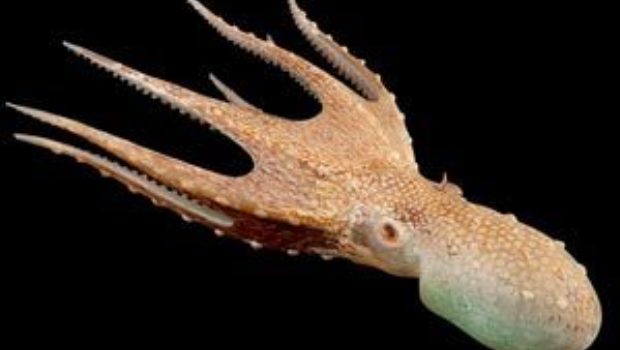Stratasys J750 3D printer was recently launched at the Fort Collins, at the Otterbox headquarters in Colorado.3D printing has often been often used in preserving ancient traditional pieces and relics. But objects in full color are difficult to restore as 3D printing although very efficient, is unable to reproduce exact results in color.
Stratasys J750 has successfully replicated 3D printed neurosurgery simulators to artworks. This printer has also helped the company Stratasys expand financially in 2016. Leopold and Rudolf Blaschka were father and son glassblowing artists who were famous for creating glass works of marine and plant life, about a century ago.
The Blaschkas which are still intact has been preserved and kept on display in select museums. A museum curator, a marine biologist and Cornell professor named Drew Harvell, and his colleague Peter Fried, contacted Stratasys reseller CADD Edge. They suggested the professors to use the capabilities of the J750. The 130-year old glass sculpture of a squid was the first test model of this printer. It is just 2 “tall and the Stratasys J750 commenced the work of replicating the glasswork beautifully. No extra support materials or post-processing techniques were used to 3D print the object. The printer to, did not require too many adjustments between the scanning and printing processes. The outcome was a detailed and fine replication of the original artwork.
This could be a major breakthrough in 3D printing technology, which has often suffered limitations due to lack of color printing. The glass work restoration is the perfect example of using technology at the correct time. The next step of upgrading the Blaschka collection is to recreate the glass effect. Professor Fried and Harvell are now working on restoring other bigger pieces of this collection from 3D printing using the Stratasys J750.
Source: 3dprint.com
